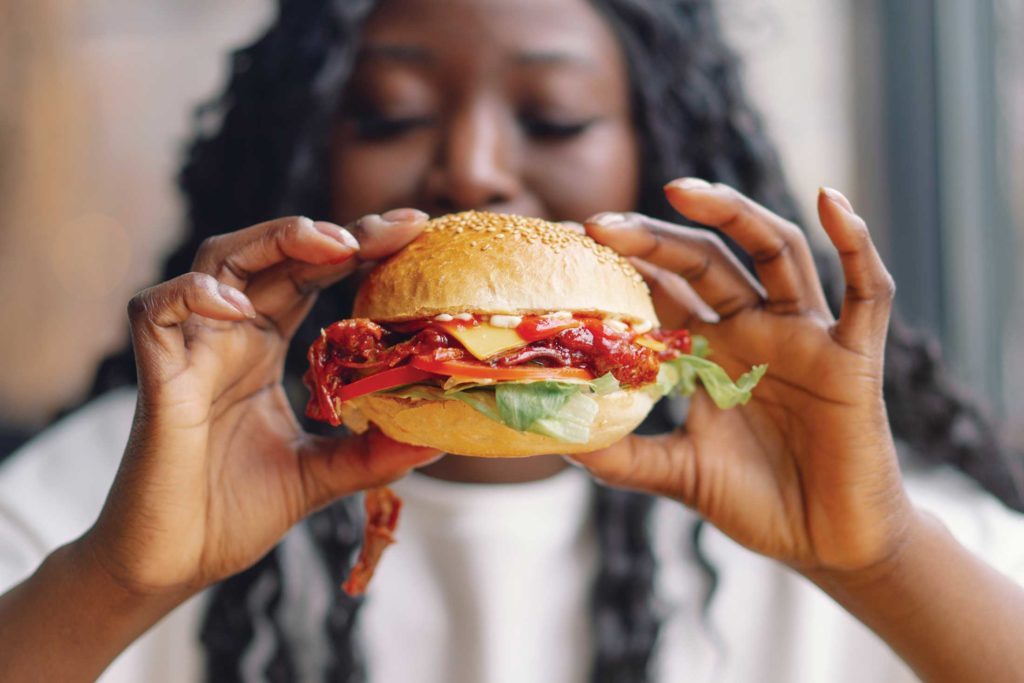“Force for Good. Force for Growth”
This was the main mantra at ANA Masters-of-Marketing Conference. Nearly every CMO that took the stage said they’ve experienced increased ROI and profitability by doing the “right thing”–creating a ripple effect of social impact, empathy and breaking down barriers.
While each brand brought this to life in different ways, one thing remained a common denominator: The brand purpose was the epicenter of each campaign. It sounds like a no-brainer, but if one does not fully internalize the brand purpose, the “big idea” is hollow and inauthentic.
The top three aspirational takeaways for being a force for good that results in a force for growth (morally and financially) is reimagining product development, philanthropy and internal infrastructure.
Good by Design
Think beyond the marketing plan. Whether it is designing for inclusivity or environmental sustainability, sometimes building a better product–or inventing outside the norm–is all it takes to be a force for good in the world.
Voice recognition technology has resulted in efficiencies for many. However, it is not so helpful if it gets every third word wrong. This is the harsh reality for those with atypical speech, such as the down syndrome or ALS community. This is a real challenge that could have tremendous implications for nurturing independence. Therefore, Google is collaborating with the Canadian Down Syndrome Society to collect voice samples to teach its Google Assistant to understand a wider range of people.
Unilever’s Degree Inclusive is the world’s first deodorant designed for people with disabilities. This underscores their brand commitment to help give people the confidence to move more.
After discovering most energy from doing laundry is spent on heating up the water, Tide designed a formula that thrives in cold water. The “Turn to Cold with Tide” campaign encourages people to wash with cold water for better cleaning and a better environment.
All these examples create good in the world by reimagining basic design and use patterns. The benefits of each invention are marketing all on their own.
Philanthropic Data
Mastercard’s CMCO Raja Rajamannar states, “The pursuit of purpose will lead to profits.”
Mastercard works to connect and power an inclusive digital economy that benefits everyone everywhere by making transactions safe, simple, smart and accessible.
And they took the “safe route” to a whole new level.
We tend to categorize philanthropy as a monetary, feel-good gesture from brands. However, Raja Rajamannar, CMCO of Mastercard, inspired a whole new way of thinking about this with the term “philanthropic data.” The Mastercard Safe Waze to Shop campaign is a genius way of using one’s data for good. Mastercard dug their heels into data they were already collecting (credit card transactions) and shared this data with the driving app, WAZE, to help pivot consumers to grocery destinations with lower shopper volume – all in an effort to help protect workers and patrons during the COVID-19 pandemic.
By using what’s already at your fingertips, you can evaluate how to leverage your own data for good and what human challenge is possible to solve.
Redefine the Marketing Mindset from the Inside Out
The role of marketing has evolved into a complex sense of duty to deliver on brand purpose beyond the regular channel activations.
Marisa Thalberg, EVP Chief Brand and Marketing Officer at Lowe’s Companies, Inc., talked about brand marketing vs. performance marketing.
“We know great marketing needs both, but sometimes you have to reposition what marketing IS in your organization to get people on board,” she said. “Honor and understand that fundamentals [of marketing] but be willing to defy conventions.”
In other words, don’t be afraid to make some big, bold transformative moves in times of crisis.
Manoj Raghunandanan, President Global Self Care and Consumer Experience Organization at Johnson & Johnson Consumer Health shared they’ve doubled spend in black-owned media and intend to double it again. It’s also diversifying teams, especially at the senior level. There is still work to do, admits Raghunandanan.
“The onus is on us and time starts now,” he said.
Everyone in the room could feel the power and authenticity in Raghunandanan’s promise, especially when he showed a picture of himself lying face down for eight minutes and 47 seconds in protest following the death of George Floyd.
Redefining the marketing mindset from the inside out is paying off in campaigns by J&J. Raghunandanan shared the realization that 72% of dermatologists say they are not prepared for treating the skin of people of color. J&J’s Neutrogena brand is working to effect change by increasing education and confidence in this area.
In conclusion, be aspirational in reimagining the everyday product, use data for good, and shake up the expectations of the marketing role. Be empowered to be a force for good resulting in a force for growth.
Genuine action and contribution start with an unwavering will to do good. Headlines and profits will follow.
And for those that don’t give you positive reinforcement… Let. It. Go.
“Haters dilute a brand’s ambition to be a force for good to be a force for growth. Love your fans. Let the rest go,” says Morgan Flatley, CMO of McDonald’s.
Dig deep into what your brand purpose, mission, vision and values really mean to the people that work for you, buy from you…are loyal to you. Let this be your roadmap to good marketing.






